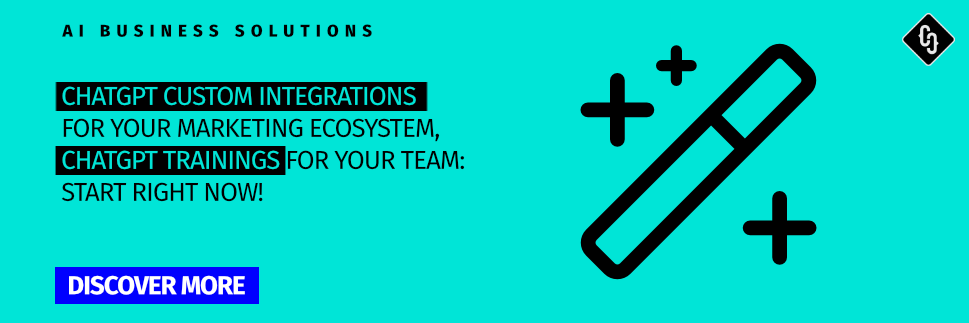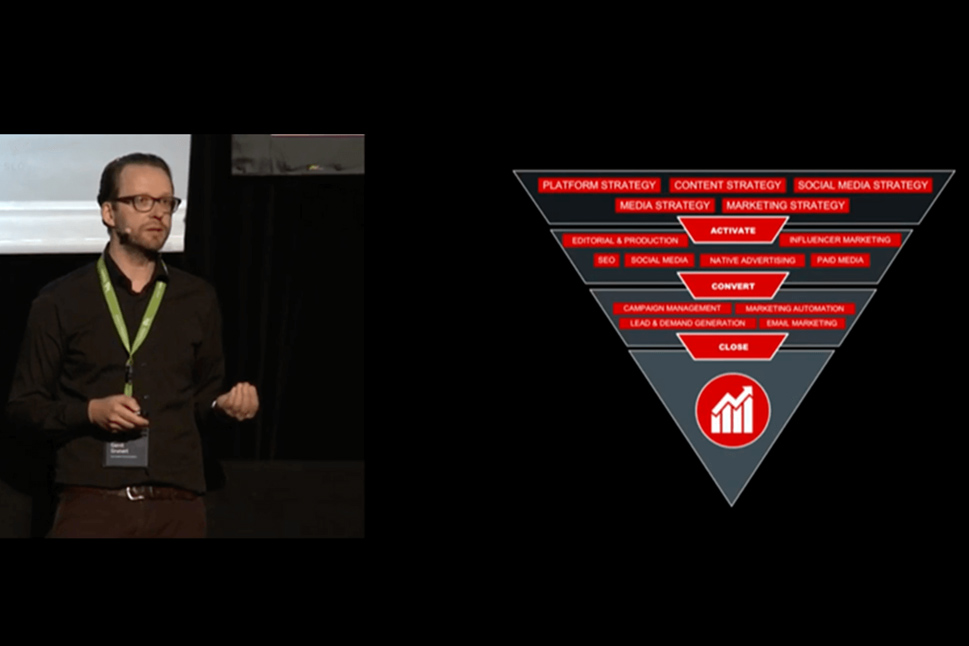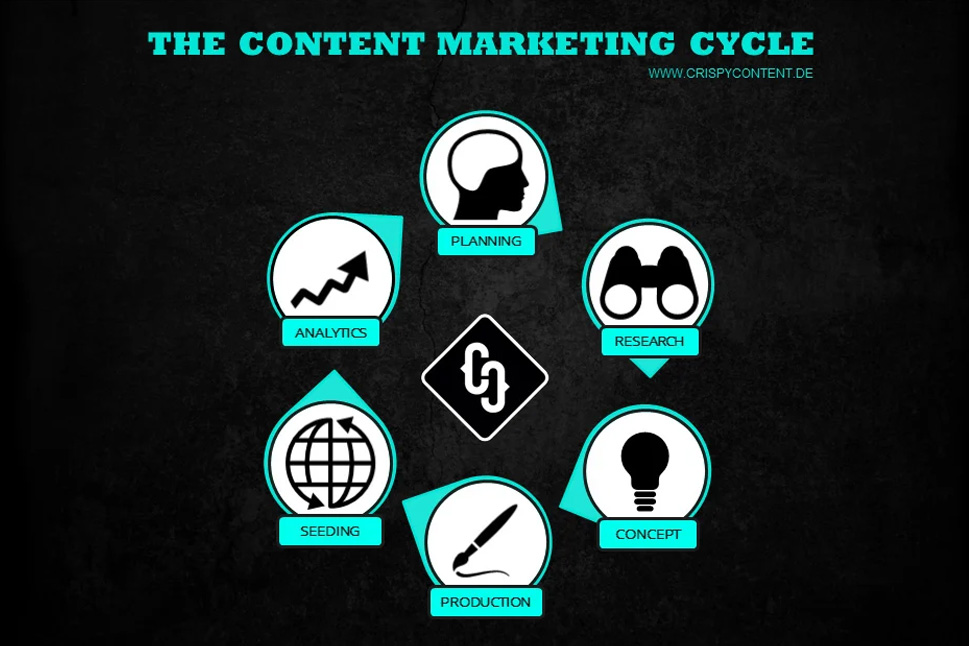GPT-5 in Practice: What the Data Says About Content Quality
Last updated on August 25, 2025 at 14:49 PM.Over the past two weeks, the news has been coming thick and fast: GPT-5 has arrived, and voices are calling for the return of GPT-4o or o3 mini. We ran the reality check: our content production built entirely on the ChatGPT API was stress-tested. The results stood in stark contrast to the prevailing public narrative. Public discourse around GPT-5 has been dominated by uncertainty and harsh criticism. Many are asking: Is AI-powered content production about to get worse? Does my current setup need a complete overhaul? For organizations that rely on efficient, scalable, and consistent content creation, these are not merely academic questions.
-1.jpg?width=969&height=646&name=crispycontent_Futuristic_machine_combining_abstract_inputs_stra_15f9b1f1-b10b-41a0-a2de-950713cf3987%20(1)-1.jpg)
Shifts in the AI Landscape Impact Every Industry
The significance of GPT-5 extends far beyond technical curiosity. Digital communication agencies, brand managers, and content teams are all directly affected. The way content is created, and how it achieves quality and consistency, is increasingly dependent on the performance and reliability of the AI systems in use.
This is particularly true in industries where precision, terminology, and a consistent brand voice are critical. Any change in AI performance can have an immediate impact on planning, budgets, and outcome quality.
Communication in Flux: Navigating Technology and Emotion
Much of the hype around GPT-5 was driven by subjective impressions. Many users lamented the “loss” of favored traits from previous models, demanding the return of older versions because the new tone felt unfamiliar. In the process, actual performance data were often ignored.
In practice, however, the quality of AI-generated communication objectively improved. Common “AI tells”—stereotypical phrases like “in today’s digital world”—disappeared. The ability to process irony and sarcasm increased noticeably. Even the correct use of quotation marks became reliably consistent. As a result, the content experience evolved in ways that many initially overlooked.
Objective Measurement Over Perceived Truths
Much of the debate surrounding GPT-5 was based on anecdotal evidence, personal preferences, or a handful of quick tests. Rarely were systematic, methodical evaluations conducted. This led to widely divergent opinions about the true capabilities of the new AI generation.
A structured testing approach, on the other hand, offers objective answers. In our case, the content pipeline was evaluated using frozen prompts, clearly defined terminology and brand voice requirements, and precise analysis of processing times. The outcome: GPT-5 showed marked improvements over previous versions in all key criteria.
Structured Testing Brings Clarity to Content Production
Our testing process included:
- Use of identical prompts for direct comparability
- Clear definition of requirements for terminology and tone
- Verification of guideline compliance
- Measurement of post-editing workload
- Analysis of a sufficiently large sample size to ensure robust results
Significant improvements were evident in guideline adherence, error reduction, and consistency across multiple dialogue rounds. Editorial post-processing time decreased. Perceived declines in quality were largely a matter of subjective response to the new style—not actual technical performance.
Impact on Companies with High Content Quality Standards
Organizations relying on efficient AI-powered content production benefit from a sober, data-driven analysis. The challenge lies in resisting knee-jerk reactions to short-term trends or social sentiment and instead systematically evaluating how new technologies truly affect their workflows.
This is especially important for global enterprises seeking to maximize efficiency and quality on a limited budget. In B2B communication, where technical terminology and consistent brand messaging are essential, the ability to objectively assess AI solutions is a key driver of competitiveness.
Emotion vs. Data: Why User Loyalty Becomes a Challenge
A core insight from this case: Users develop an emotional attachment to “their” AI. Changes in tone or the model’s personality are quickly perceived as a decline in quality, even when actual performance has improved.
OpenAI responded to public criticism by temporarily reinstating the popular GPT-4o style. However, the root cause of dissatisfaction lay not in technical performance but in the altered communication style. This dynamic reveals how closely technology and user experience are now intertwined—and highlights the importance of transparent communication and objective evaluation of technological changes.
Practical Challenges: Subjective Perception vs. Objective Optimization
The primary challenge is distinguishing subjective user preferences from objective performance data. In day-to-day operations, isolated examples or brief prompt tests are often used as evidence of a model’s quality. Sound decisions, however, require structured testing with representative datasets.
A lack of systematic evaluation leads to misjudgments and hasty decisions, impacting budget, strategy, and outcome quality. By contrast, those who rely on transparent, data-driven assessments can safely integrate technological innovations into their workflows and remain receptive to genuine improvements.
Innovative Testing Secures Future-Readiness
We recommend innovative testing methodologies that address the following:
- Clear definition of requirements for terminology, tone, and style
- Use of frozen prompts for direct comparability
- Quantitative measurement of processing and correction time
- Sufficiently large sample sizes to validate findings
This approach enables early detection and rigorous assessment of changes in AI-powered content production. The resulting data provide security in deciding for or against new models and prevent subjective perceptions from leading to poor investments.
OpenAI Got It Right
According to the OpenAI documentation on recent advances: On the Multi-turn instruction following benchmark (Scale MultiChallenge), GPT-5 achieves 69.6% with thinking versus 40.3% for GPT-4o (+29.3 pp); even without thinking, GPT-5 reaches 54.9%, clearly ahead of 4o (+14.6 pp). On free-form writing (COLLIE), GPT-5 scores 99.0% with thinking compared to 61.0% for 4o (+38.0 pp), and 70.5% without thinking versus 61.0% (+9.5 pp).
Social media criticism was largely based on personal preferences regarding style. Objective, data-driven reviews, however, clearly demonstrated that technological progress prevailed. Businesses were able to continue operations without major adjustments—and benefited from the advances in AI content creation.
First Steps Toward Professional Evaluation of New AI Models
Companies preparing for the rollout of new AI models should consider the following steps:
- Analyze internal requirements and define clear quality standards
- Develop a test set of typical prompts and tasks
- Conduct comparative testing between current and new models
- Quantitatively evaluate results for terminology, brand voice, error rate, and editing workload
- Document and transparently communicate results within the team
This approach prevents fleeting trends or emotional reactions from distorting the assessment of new technologies. Instead, it creates a solid foundation for informed decisions and a future-proof content strategy.
Why Experienced Partners Make All the Difference
An experienced partner with deep expertise in digital content production, sector knowledge, and systematic methods can make all the difference. The ability to analyze complex AI changes transparently and comprehensibly protects organizations from poor decisions and uncertainty.
By combining creativity, analytical, rigour, and deep industry focus, such partners can not only assess changes but turn them into tangible benefits for content production. This ensures that brand communication remains consistent, clear, and efficient—even as the technological landscape evolves rapidly.
Creative, smart and talkative. Analytical, tech-savvy and hands-on. These are the ingredients for a content marketer at Crispy Content® - whether he or she is a content strategist, content creator, SEO expert, performance marketer or topic expert. Our content marketers are "T-Shaped Marketers". They have a broad range of knowledge paired with in-depth knowledge and skills in a single area.





.png)











.jpg)

-1.jpg)

-1.jpg)
.jpg)



.jpg)













.jpg)







.jpg)

































.jpg)












































